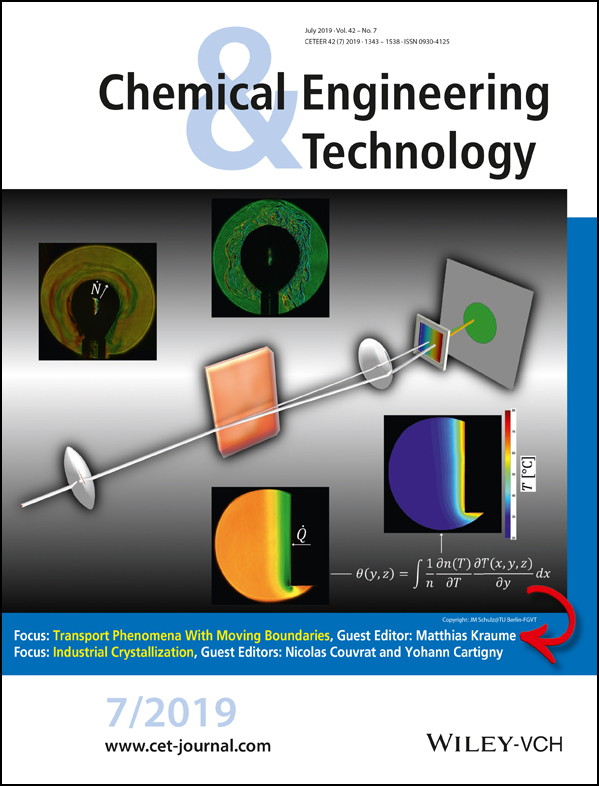Simulation and Empirical Studies of Solvent Evaporation Rates in Vacuum Evaporation Crystallization
Abstract
Simulation results for continuous vacuum evaporation crystallization obtained by Aspen Plus and experimental results for semi-batch vacuum evaporation crystallization are presented. In the crystallization experiments, the fixed heat duty was used to compare the water evaporation rates and crystal properties obtained at different pressures. The solution selected was aqueous glycine. It has the ability to form a number of different crystalline polymorphs, which allows it to exhibit a variety of different physical properties while maintaining its chemical properties. X-ray diffraction results demonstrated that mainly the γ-crystal form is produced under the conditions applied in vacuum evaporation crystallization.




